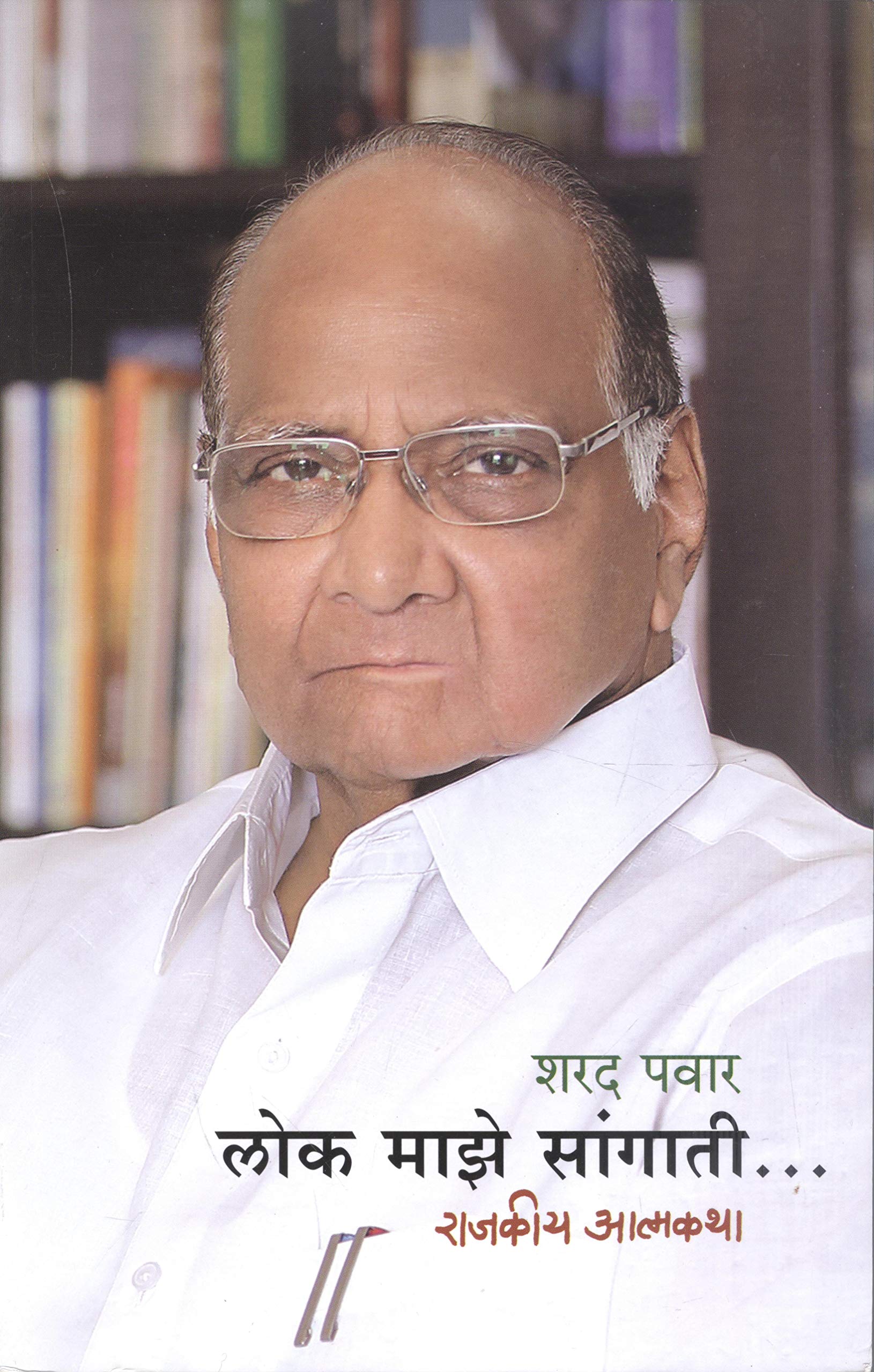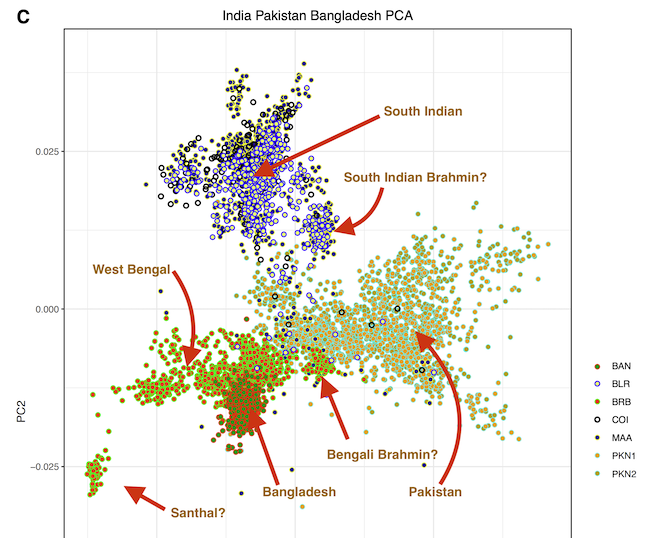Seems like Sikhs are 2.1% of Canada’s population, and 1.7% of India’s population. Massive migration over the last decade to Canada…
Book Review: Four Battlegrounds by Paul Scharre (AI Defense Applications)
From Dr Hamid Hussain
Recently did a book review of an excellent book about AI use in defense realm.
Hamid
Book Review – “Four Battlegrounds” by Paul Scharre
“Four Battlegrounds” by Paul Scharre is a fascinating account of emerging technologies especially Artificial Intelligence (AI) in military affairs and modern warfare. New technologies from the invention of gun powder, artillery, automobile, airplane, tank, and submarine have propelled revolution in military affairs throughout human history. The first computer-based model was used by the Russian military known as the Unified Command and Control System (UCS). It was developed during the late 1960s and became operational in the Soviet Armed Forces in the mid-1970s. It integrated various data sources, such as radar, satellite imagery, and communications, to provide comprehensive real-time information about the tactical and operational situation to military commanders. Since then, computer technology has penetrated every aspect of military activity.
Artificial intelligence (AI) is rapidly evolving and changing the military culture and has the potential of revolutionizing various aspects of warfare. AI assists in analyzing vast amounts of data collected by military sensors, satellites, and intelligence sources. By utilizing machine learning algorithms, AI can identify patterns, detect trends, and extract actionable intelligence from large data sets, supporting decision-making processes in a shorter time span. AI enables the development of autonomous systems operating on land, air, and sea, such as unmanned aerial vehicles (UAVs), unmanned ground vehicles (UGVs), and autonomous submarines. These systems can perform surveillance, reconnaissance, and even combat missions without human intervention, reducing risks to personnel.
AI is also employed in the development of what is called ‘intelligent weapons systems’. AI algorithms help improve targeting accuracy, optimize trajectories, and enhance overall effectiveness. This information can then be used to make better-informed decisions, AI algorithms can also be used to monitor and analyze data from military equipment, enabling predictive maintenance. By predicting failures and recommending maintenance actions, AI helps increase equipment reliability, reduce downtime, and enhance operational readiness.
AI has a crucial role in military cybersecurity to detect and respond to cyber threats. AI systems can analyze large amounts of data, identify patterns, and detect anomalies that can prevent and mitigate cyber-attacks. AI’s role in training is developing sophisticated simulation tools for military training purposes. AI-based training systems can be used to simulate realistic combat scenarios, allowing soldiers to hone their skills in a safe and controlled environment. This technology can also be used in medical evaluation and ordnance disposal saving human lives.
In addition to many limitations of technology in human conflict, use of AI in the military also raises ethical and legal considerations, such as ensuring appropriate human oversight and control, minimizing risk of collateral damage, and addressing potential biases in decision-making algorithms. The major challenge is the need for ethical guidelines and regulations to govern the development and use of AI in military contexts as different cultures have different perspectives.
The book gives use of emerging technologies in four battlegrounds of the future: land, sea, air, and cyberspace. Scharre expertly navigates through each domain, providing readers with a comprehensive understanding of how traditional and unconventional warfare are being reshaped by advancements in technology. Scharre uses case studies to explain these technologies that are shaping the battlefield and changing the dynamics of conflict.
Scharre is well qualified to discuss the subject in depth in view of his own career in the military, defense policy and technology sector. He is familiar with the terrain of all three areas as he a former U.S. Army Ranger who have served tour of duty in Afghanistan and Iraq, served as policy advisor in Pentagon and familiar with the culture of technology companies at the forefront of groundbreaking work on defense application of AI.
Schare is not a disciple of ‘tech mania’ and presents a balanced view providing an insightful analysis of opportunities presented by emerging technologies while at the same time highlighting the limitations as well as potential dangers. He also addresses the moral dilemmas faced by policymakers, military leaders, and soldiers on the ground. He examines the challenges of adhering to international laws and conventions while leveraging cutting-edge capabilities and the potential for unintended consequences in an interconnected world.
There will be fierce competition between United States and China to develop and implement the game-changing technology of AI in military domain and the winner will dominate the future. We hope that humans don’t repeat the history that in their quest for domination focus only on destructive creativity ignoring constructive creativity. Humans invented weapons for industrial scale carnage of First World War managing to kill about 18 million humans of all races, religions, and ethnicities in four long years. 1918, God reminded them what he can do by sending influenza pandemic that killed 21 million people globally in four short months. He has sent a signal in 2022 in the form of COVID-19 that should encourage reflection by all powers obsessed with global domination only through coercive means.
Paul Scharre. Four Battlegrounds: Power in the Age of Artificial Intelligence (New York: W. W. Norton), 2023
Hamid Hussain
20 May 2023
Population structure in South Asian – Genomes Asian 1K paper
The full version of this paper is out, South Asian medical cohorts reveal strong founder effects and high rates of homozygosity. It’s not the best for understanding population structure because they focus on within South Asia variation, but it does seem to confirm that among Bengalis there is a cline from west to east, irrespective of religion (see the discussion where they note that Muslims in the west cluster with westerners). I found a PCA in the supplements where I added some explanatory notes. It’s really hard to parse their figures because they really didn’t care, and the Genomes Asia Consortium doesn’t release their data… (their browser sucks)
History and Evolution of Malayalam Cinema
Arun talks to Maneesh on the history and evolution of Malayalam cinema.
What makes Malayalam cinema different from Tamil and Telegu cinema, the influence of communism on its early years and how the OTT phenomenon is helping a generation of film makers take Malayalam cinema to a new audience.

Modinomics: Why India is Rising

India is changing. For years the BJP has been banging drums, tolling bells, and blowing conches to signal a New India. A mammoth mandate in 2019 was an early smoke signal for the fire that had erupted in the Indian market, but now a flurry of foreign praise answers the call of the drums, bells, and conches previously labeled as empty and enemy propaganda. Ironically, the newly found foreign admirers just a few years back cried wolf as they predicted India to turn into a hellscape due to what they saw as economic mismanagement, not listening to “experts,” religious tensions, some random picture they saw on the internet, or any other reason a comprador elite would pass on from the home country. What changed?
There are plenty of articles about India’s rise, but very few about why. The reason for this is that they would have to associate with someone untouchable in their ivory towers. The government primarily responsible for this rise is not only the arch-nemesis of the narrators of India to the West but also has a terribly difficult time presenting their case in a manner that doesn’t involve frothing at the mouth. There have been many mistakes made along the way. There are many critiques worth their weight. But one has to start acknowledging that something special is occurring in India. Let’s explore why.
Judicial Jitters in Pakistan, continued..
Two pieces from Dr Hamid Hussain on the higher judiciary in Pakistan. Well worth a read. Third piece is awaited.
What follows was written by Dr Hussain.
Societies in general are becoming polarized and Pakistan is no exception. In times when main source of information is tweets, face book posts and a vlog by a youtuber, no one has the time or inclination to try to get information. Everyone picks his own set of facts that fits into his pre-conceived idea. Facts are not shaping the opinion but it is the other way around where facts are adjusted to one’s opinion.
Judiciary has emerged as an important player in the power play. In the last few months, I have made an attempt to write about the subject that was a new ground for me. I got educated and enlightened by many well informed folks. This is first of the three part series on the subject matter. Only for those interested in the background of unfolding events.
“Neither to laugh; nor cry
Just to understand” Spinoza
Hamid Continue reading Judicial Jitters in Pakistan, continued..
On Centenarian Kissinger
Author’s Note: This is not an academic or objective essay; rather a personalised opinion on the soon-to-be centenarian former secretary of state.
On one occasion, a joke was made on television about how Fidel Castro survived attempts to have him removed by US presidents as well as the downfall of USSR, who served as his main supporter. In 2023, a soon-to-be centenarian Dr. Henry Kissinger would be grinning and telling Castro’s soul to, as they say, “Hold his beer.” If the AI generator were asked to picturise “American foreign policy”, it would not be shocking if Henry Kissinger’s portrait or painting appeared.

For decades, he was open and honest about his opinions on American foreign policy based on the pursuit of both national interest and power. In his own words: “A country that demands moral perfection of itself as a test of its foreign policy will achieve neither perfection nor security.” Kissinger has proven to be rich ground for historians and publishers. Along with business books about him as a deal-maker, there are also personality studies, tell-alls from former coworkers, and collections of his quotes.
Simultaneously, Kissinger had long been criticised by many as a ruthless realist. The critics would often quote Kissinger’s own words “when policy becomes excessively moralistic it may turn quixotic or dangerous”. Those words don’t seem all that offensive in retrospect after seeing so-called American moralist decisions made in places like Libya, Syria, Iraq, and Afghanistan. The critics would respond by citing Bangladesh and Chile as examples of how Kissinger was no better.
Weimar-Chile Connection
For the last few years, Kissinger seems to no longer arouse widespread contempt. Instead, some individuals have since expressed some sympathy for him, tying Kissinger’s ruthlessness to his status as a former resident of Weimar Germany. Born Heinz Kissinger on May 27, 1923, to an Orthodox Jewish school teacher in Fürth, Bavaria. In 1938, shortly before Kristallnacht, Kissinger and his family escaped to America, as did several German Jewish families. Continue reading On Centenarian Kissinger
Book Review: लोक माझे सांगाती

This was only the second Autobiography I have read and I enjoyed it a lot.
Naturally no one should expect any autobiography to be frank and thorough, much more so incase of the autobiography being of an active politician.
Mr Pawar’s vision for development which often doesn’t get discussed gets due credit in the book. His putting his ideological commitment over electoral gains in the “Namantar” controversy, speech on Women’s rights and the anger at the Dabhol-Enron project stood out of the book for me.
His lack of explanations for his miscalculations (like supporting Sonia Gandhi in 90s), corruption allegations sticks out like a sore thumb. His (now) wrong predictions post 2015 and somewhat myopic view on Hindu-Muslim problems could highlight the shortcomings of his brand of Progressivism.
To really understand an autobiography, one must always read between and beyond the lines. Mr Pawar has also been linked with outfits like like Sambhaji brigade, especially in the 21st century. But brigade and their notoriety do not find a single mention in his book. Nor does the eponymous
second Chattrapati (unless i am mistaken).
In the final passage, Mr Pawar mentions his close friendship with the radical Muslim rationalist – Hamid Dalwai. Incidentally, after the tragic and early death of Hamid Dalwai, it was Sharad Pawar who ensured Mr Dalwai’s final wishes of cremation were followed, against his family/communities wishes. Given this history, its highly ironic that the NCP has among its ranks some leaders who couldnt be further from Mr Dalwai in their speech and action.
In end the reader is forced to acknowledge both the genius and underachievement of a brilliant career which wouldn’t contain national premiership. (YET)
Midjourney v 5 and various Indian ethnicities
The image names can tell you the ethnicities. See if you can guess ahead of time.
Continue reading Midjourney v 5 and various Indian ethnicities
Open Thread – 05/14/2023 – Brown Pundits
Finished my Iran sequence, Iran through the ages: civilization’s eternal crossroads, Pre-Persian Iran: from the invention of agriculture to the Aryan onslaught and We are all Zoroastrians: how Persian empires of the mind touched all humanity and One door closes, another opens: the Persian Empire’s end and the rise of the Persianate world.
